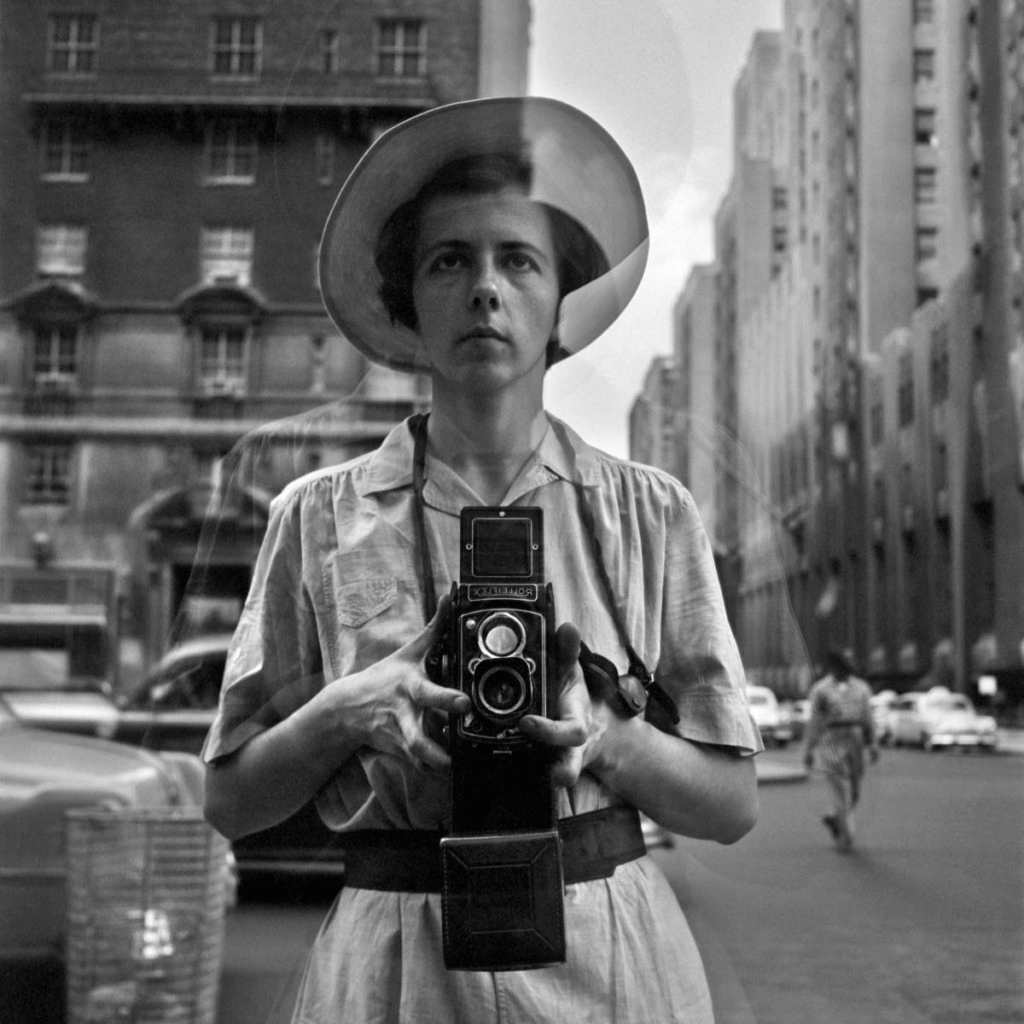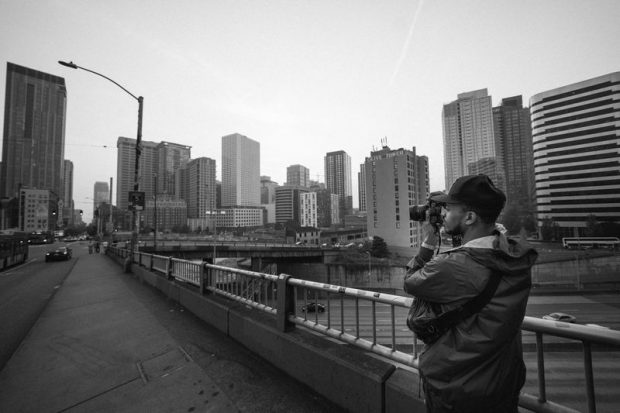The 7-Minute Rule for Framing Streets
The 8-Minute Rule for Framing Streets
Table of ContentsSome Known Details About Framing Streets Our Framing Streets Diaries3 Easy Facts About Framing Streets ExplainedThe smart Trick of Framing Streets That Nobody is Talking AboutThe Ultimate Guide To Framing StreetsNot known Details About Framing Streets
Photography genre "Crufts Dog Program 1968" by Tony Ray-Jones Road photography (also often called candid photography) is digital photography performed for art or query that features unmediated chance experiences and random events within public places, generally with the goal of catching images at a crucial or emotional minute by careful framing and timing. 
Some Known Details About Framing Streets
Susan Sontag, 1977 Road photography can focus on people and their actions in public. In this respect, the road digital photographer is comparable to social documentary digital photographers or photojournalists that likewise function in public places, yet with the aim of recording relevant events. Any of these professional photographers' photos may catch people and residential property visible within or from public areas, which often involves navigating honest issues and regulations of personal privacy, security, and building.
Depictions of day-to-day public life develop a style in nearly every period of globe art, beginning in the pre-historic, Sumerian, Egyptian and very early Buddhist art durations. Art taking care of the life of the road, whether within sights of cityscapes, or as the dominant motif, shows up in the West in the canon of the Northern Renaissance, Baroque, Rococo, of Romanticism, Realistic look, Impressionism and Post-Impressionism.
The Best Strategy To Use For Framing Streets
Louis Daguerre: "Boulevard du Temple" (1838 or 1839) In 1838 or 1839 the initial picture of numbers in the road was tape-recorded by Louis-Jacques-Mand Daguerre in one of a set of daguerreotype sights drawn from his studio window of the Boulevard du Temple in Paris. The second, made at the height of the day, shows an uninhabited stretch of road, while the other was taken at about 8:00 am, and as Beaumont Newhall records, "The Boulevard, so regularly full of a moving throng of pedestrians and carriages was flawlessly singular, other than a person who was having his boots brushed.
His boots and legs were well specified, yet he is without body or head, since these were in movement." Charles Ngre, waterseller Charles Ngre. https://myanimelist.net/profile/framingstreets1 was the first digital photographer to acquire the technological refinement required to register individuals in movement on the road in Paris in 1851. Photographer John Thomson, a Scotsman dealing with reporter and social lobbyist Adolphe Smith, released Road Life in London in twelve monthly installments beginning in February 1877
How Framing Streets can Save You Time, Stress, and Money.
Eugene Atget is considered a progenitor, not because he was the very first of his kind, however as an outcome of the popularisation in the late 1920s of his document of Parisian roads by Berenice Abbott, that was motivated to take on a similar documentation of New york city City. [] As the city developed, try this web-site Atget helped to promote Parisian roads as a worthwhile subject for photography.

Top Guidelines Of Framing Streets
Martin is the first taped digital photographer to do so in London with a disguised electronic camera. Mass-Observation was a social research study organisation established in 1937 which aimed to videotape everyday life in Britain and to record the reactions of the 'man-in-the-street' to King Edward VIII's abdication in 1936 to wed separation Wallis Simpson, and the succession of George VI. The principal Mass-Observationists were anthropologist Tom Harrisson in Bolton and poet Charles Madge in London, and their first record was produced as the book "May the Twelfth: Mass-Observation Day-Surveys 1937 by over 2 hundred observers" [] Window cleaner at Kottbusser Tor, Berlin, by Elsa Thiemann c. 1946 The post-war French Humanist College professional photographers located their subjects on the street or in the diner. In between 1946 and 1957 Le Groupe des XV yearly showed job of this kind. Andre Kertesz. Circus, Budapest, 19 May 1920 Street photography developed the significant web content of two exhibitions at the Gallery of Modern Art (Mo, MA) in New york city curated by Edward Steichen, 5 French Digital Photographers: Brassai; Cartier-Bresson, Doisneau, Ronis, Izis in 1951 to 1952, and Post-war European Photography in 1953, which exported the concept of street photography globally.

10 Simple Techniques For Framing Streets
The recording machine was 'a hidden video camera', a 35 mm Contax hidden under his coat, that was 'strapped to the chest and attached to a lengthy wire strung down the appropriate sleeve'. His work had little modern influence as due to Evans' level of sensitivities regarding the creativity of his project and the privacy of his subjects, it was not published till 1966, in the book Several Are Called, with an introduction created by James Agee in 1940.
Helen Levitt, then an educator of young kids, linked with Evans in 193839. She documented the temporal chalk drawings - Sony Camera that belonged to children's street society in New york city at the time, as well as the kids that made them. In July 1939, Mo, MA's new photography area included Levitt's work in its inaugural exhibitRobert Frank's 1958 publication,, was significant; raw and usually out of focus, Frank's images questioned traditional digital photography of the moment, "challenged all the formal regulations set by Henri Cartier-Bresson and Pedestrian Evans" and "flew in the face of the wholesome pictorialism and sincere photojournalism of American publications like LIFE and Time".